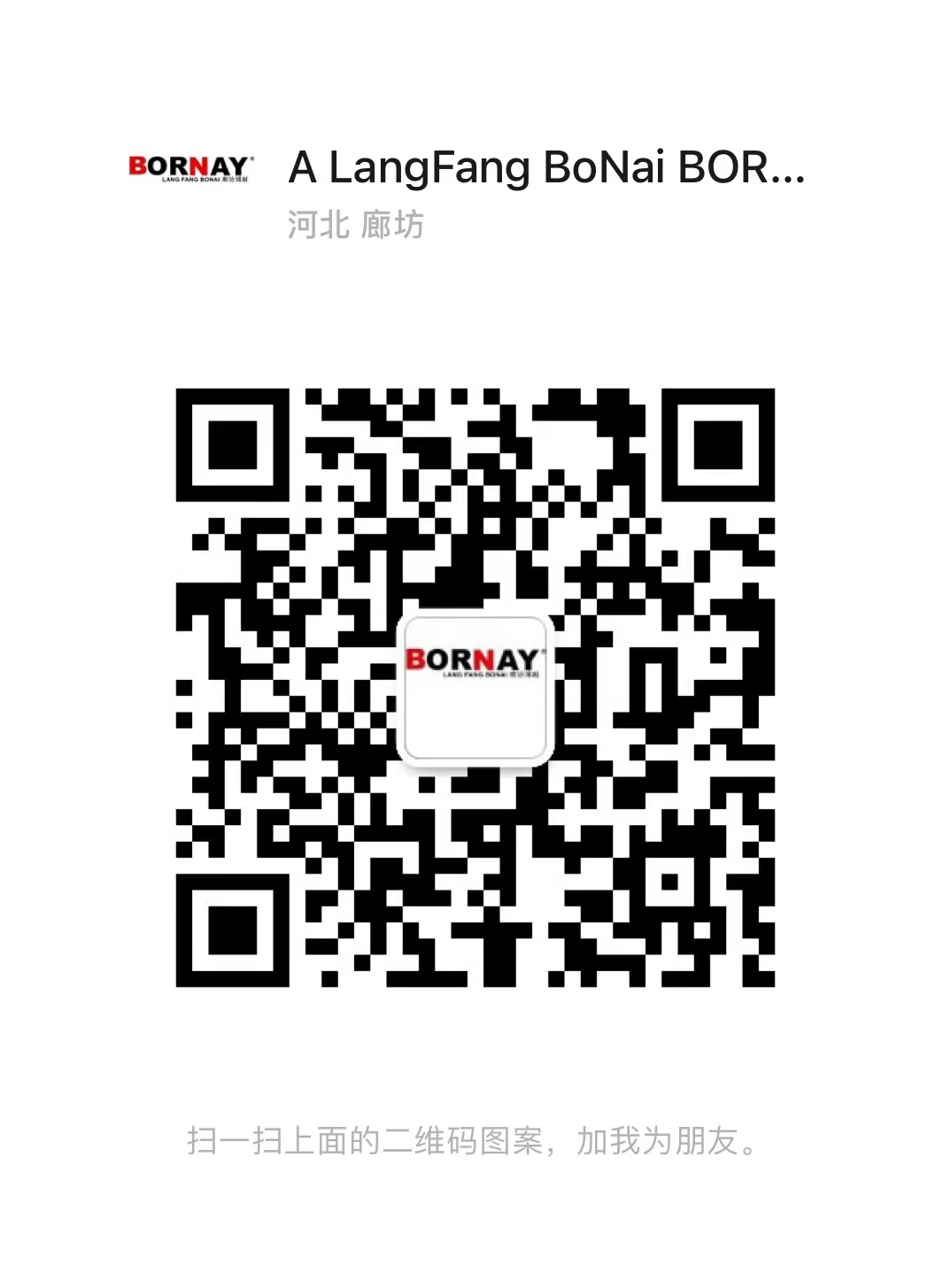廊坊博耐环保科技有限公司
GRP/FRP/Fiberglass/ Smooth Plate/Solid Top Sheets
In the field of architecture, various building materials have their unique characteristics and applicability. Among them, GRP, FRP, fiberglass, smooth skateboard, and solid roof are common materials, each with its own advantages and disadvantages, suitable for different building needs. This article will provide a detailed comparison of these materials and explore their applications.
1、 GRP
GRP (Glass Reinforced Plastic) is a composite material formed by glass fiber reinforced thermoplastic. It has the advantages of lightweight, high strength, and corrosion resistance, and is widely used in fields such as construction, aviation, and automobiles. In the field of architecture, GRP can be used to make components such as awnings, sunshades, stairs, etc., as well as to create decorative exterior walls.
Advantages:
High strength and stiffness, able to withstand large loads.
Lightweight, easy to install and handle.
Corrosion resistant, suitable for various environmental conditions.
Strong processability, capable of making various shapes and sizes according to design requirements.
Disadvantages:
Relatively expensive and costly.
Sensitive to temperature changes and prone to thermal expansion and contraction.
Poor fire resistance.
2、 FRP
FRP (Fiber Reinforced Polymer), also known as fiber reinforced composite material, is a material formed by combining high-performance fibers with a resin matrix. It has advantages such as high strength, high stiffness, and corrosion resistance, and is widely used in fields such as architecture, bridges, and ships. In the field of architecture, FRP can be used to make structural components, walls, roofs, etc.
Advantages:
High strength and stiffness, able to withstand large loads.
Lightweight, with minimal impact on the structure itself.
Corrosion resistant, suitable for various environmental conditions.
Strong processability, capable of making various shapes and sizes according to design requirements.
Disadvantages:
Relatively expensive and costly.
Sensitive to temperature changes and prone to thermal expansion and contraction.
Poor fire resistance.
3、 Glass fiber
Glass fiber is a fiber material made of glass, which has advantages such as lightweight, high strength, and corrosion resistance. It is widely used in fields such as architecture, automobiles, aviation, and can be used to make structural components, walls, roofs, etc. Glass fiber can also be mixed with other materials (such as resin, concrete, etc.) to form composite materials and improve their performance.
Advantages:
High strength and stiffness, able to withstand large loads.
Lightweight, with minimal impact on the structure itself.
Corrosion resistant, suitable for various environmental conditions.
Strong processability, capable of making various shapes and sizes according to design requirements.
Good insulation performance, can be used to make insulation materials.
Non toxic and odorless, harmless to the environment and human body.
Disadvantages:
Relatively expensive and costly.
Sensitive to temperature changes and prone to thermal expansion and contraction. 3. Poor fire resistance. 4、 Smooth board smooth skateboard is a material with a smooth surface and lightweight texture, which has advantages such as waterproof, moisture-proof, and anti-corrosion. It is widely used in fields such as architecture and decoration, and can be used to make exterior walls, interior decorative panels, billboards, etc. Smooth skateboards can also be combined with other materials (such as wood, metal, etc.) to create unique decorative effects. Advantages: 1. The surface is smooth and beautiful, with an elegant decorative effect. 2. Excellent waterproof, moisture-proof, anti-corrosion and other performance, suitable for various environmental conditions. 3. Lightweight, easy to install and handle. 4. It has good insulation performance and can be used to make insulation materials. Disadvantages: 1. Relatively expensive and costly. 2. Sensitive to temperature changes and prone to thermal expansion and contraction. 3. Poor fire resistance. 5、 Solid top plate is a solid flat plate made of concrete pouring, which has the advantages of simple structure and convenient construction. It is widely used in the construction field and can be used to make components such as roofs and floors. Solid roof panels can also be combined with other materials (such as steel wire mesh sandwich panels) to form composite materials, improving the performance and application range of the materials. Advantages: 1. Simple structure, convenient construction, easy production and maintenance. 2. It has good bearing capacity and stiffness. 3. Strong resistance to natural disasters such as earthquakes. 4. It can be used to make large components and is suitable for occasions such as large-span buildings. Disadvantages: 1. It is self significant and requires high basic requirements. 2. Sensitive to temperature changes and prone to cracking and other phenomena. 3. The sound insulation effect is poor, and sound insulation measures need to be taken. Comparing the advantages and disadvantages of each of the five materials mentioned above, it is very important to choose the appropriate materials according to different usage scenarios and needs. Choosing the right materials for different construction project needs is very important


